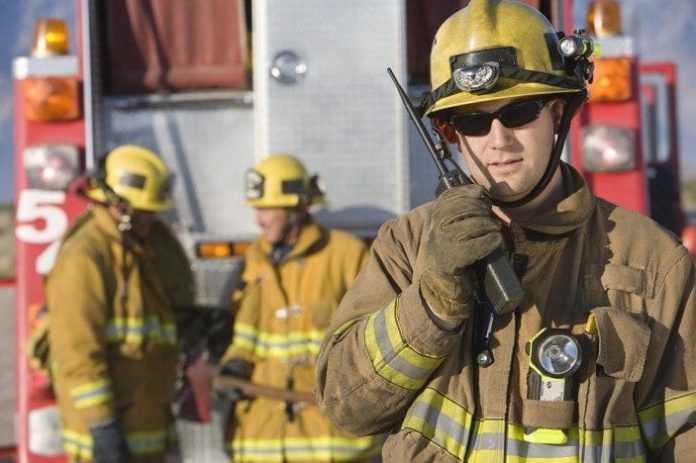The US Department of Energy (DOE) has pulled together a consortium of industry, government, non-profit, and academic bodies to develop artificial intelligence (AI) solutions to help with disaster response. Microsoft is co-chairing the group, called the First Five Consortium, with the DOE’s Artificial Intelligence and Technology Office (AITO).
Its stated objective is to develop AI tools to “help first responders save lives” and improve the “impact mitigation of natural disasters” in the US. The First Five Consortium, named for the critical first five minutes in responding to a disaster, was formed in response to the White House executive forum in January focused on humanitarian assistance and disaster response.
The First Five Consortium will apply AI and deep learning methodologies to address research and development areas, including: wildfire prediction and fire line containment; damage assessment, including ingress and egress routes for impacted areas; search and rescue; and natural disasters including hurricanes and tornadoes.
Microsoft has established a critical infrastructure team to help advance the key government systems, services, and functions for the “operation of American society and its economy”.
A DOE statement said: “The development of life-saving AI algorithms can help responders better focus their aid and make for a faster and safer response. The team will explore avenues to use AI, confidential computing, modernized communications, distributed systems, and cybersecurity to improve disaster resilience, collaborating with DOE, DoD, and others.”
The Pacific Northwest National Laboratory (PNNL) in Richland, in Washington, one of DOE’s national science laboratories, is “scaling” an AI prototype that uses deep learning algorithms to provide “near real-time” data to improve decision making for first responders. The prototype was developed by the Joint AI Center (JAIC), run by Department of Defense (DoD). Since 2019, the JAIC has led the development of AI capability through its National Mission Initiatives.
Toni Townes-Whitley, president of US regulated industries at Microsoft, said: “AI enables us to address some of humanity’s greatest challenges, and in this case, improve disaster resilience for populations around the world. As evidenced by this consortium, it’s critical that private and public sectors work together to provide first responders with technology that has the potential to save lives.”
Cheryl Ingstad, director of AITO, said: “AITO is proud to lead on getting near real-time information into the hands of our first responders. This will allow them to save more lives and protect assets and our nation’s resources. This is just one project of the broader effort, which will include contributions from all our partners, to use technology to improve humanitarian assistance and disaster response in our nation.”
Nand Mulchandani, acting director of the DoD Joint Artificial Intelligence Center, said: “We are delighted to work alongside our partners in government and private industry to advance the role of AI in battling natural disasters. The JAIC’s journey with developing AI solutions for humanitarian relief operations began more than a year ago, and we’d like to thank the White House for identifying and encouraging the broader use of government-built technology to directly benefit the American people when disasters strike.”

